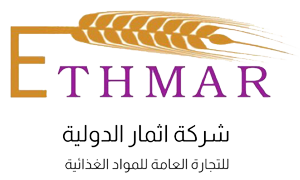Because of its chemical composition saffron has unique qualities and properties. It is a rich source of the B group of vitamins, especially riboflavin. But more important perhaps are its properties of color, aroma and taste. The coloring agent crocin is readily soluble in water and it is this water solubility that makes it preferred to other carotenoids as a colorant for food and medicine.
Effective elements:
The effective elements of saffron are Crocin, Saffronal and Picrocrocin. Caspian Tradition Company has always tried to present a product with the highest rate of effective elements in fiber and powder shapes, relying on its expertise and special production facilities as the biggest and best producer and exporter of saffron from origin.
Nutritional value:
Saffron has a variant chemical structure. It consists of carbohydrates, minerals, vitamins, proteins and antioxidants. Saffron is a good source of riboflavin. 140 mg of saffron is as effective as 40 mg of synthesized riboflavin.
Color:
Saffron’s coloring power is mainly produced by crocin (chemical composition: C44 H64 O24), which is one of the few naturally occurring carotenoids easily soluble in water.
This water solubility is one of the reasons for its widely preferred application as a colorant in food and medicine.
Chemical Composition of Crocin:
In addition to crocin saffron contains aglicon crocetin as a free agent and small amounts of the pigment anthocyanin. There are also oil soluble pigments including alpha carotene, beta carotene and zegxantin. One of the most important parameters in evaluating the quality of saffron is its coloring power, which is determined by measuring by spectrophotometry the amount of coloring factors present at 443 nanometers.
Flavor
The principal element giving saffron its special “bitter” flavor is the glycoside picrocrocin
(C16 H26 O7). This bitter tasting substance can be crystalized and produces glucose and the aldehyde safranal by hydrolysis.
Aroma
Saffron has a strong aroma which is produced by certain special volatile oils and essences. The main aroma factor in saffron is safranal, which comprises about 60% of the volatile components of saffron. In fresh saffron this substance exists as stable picrocrocin but as a result of heat and the passage of time it decomposes releasing the volatile aldehyde saffranal.
Chemical composition of safranal:
safranal is a volatile liquid oil which produces a light yellow spot in water vapor and is readily soluble in ethanol, methanol and petroleum ether.
In order to extract the ethereal oils of saffron it is dissolved in pure water and distilled in a CO2 current. The distillate is separated with ether, which is then removed by heat. The oil obtained is a yellow liquid with a strong aroma of saffron. This substance is a terpen, which is highly susceptible to oxidization and must be stored under special conditions.


